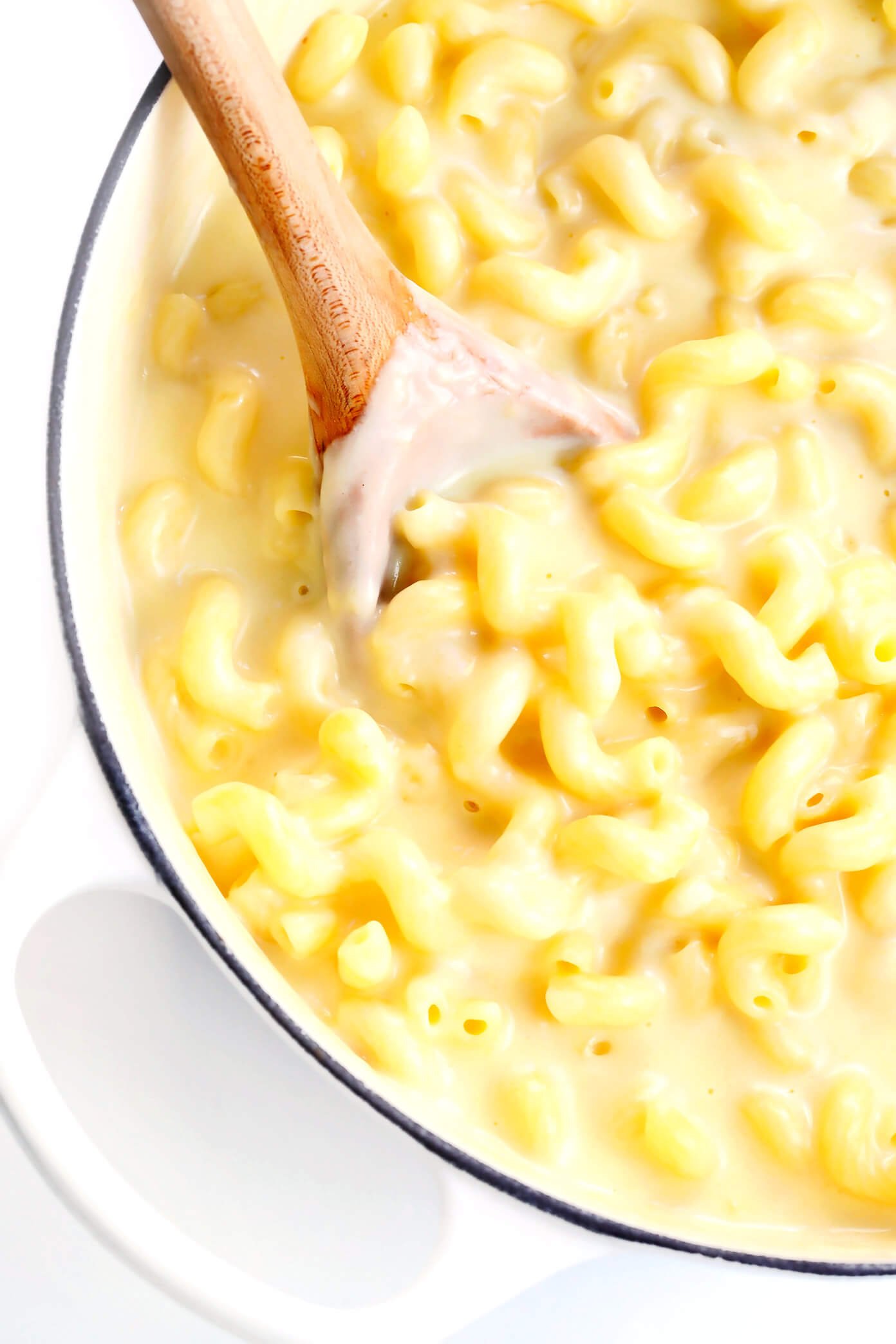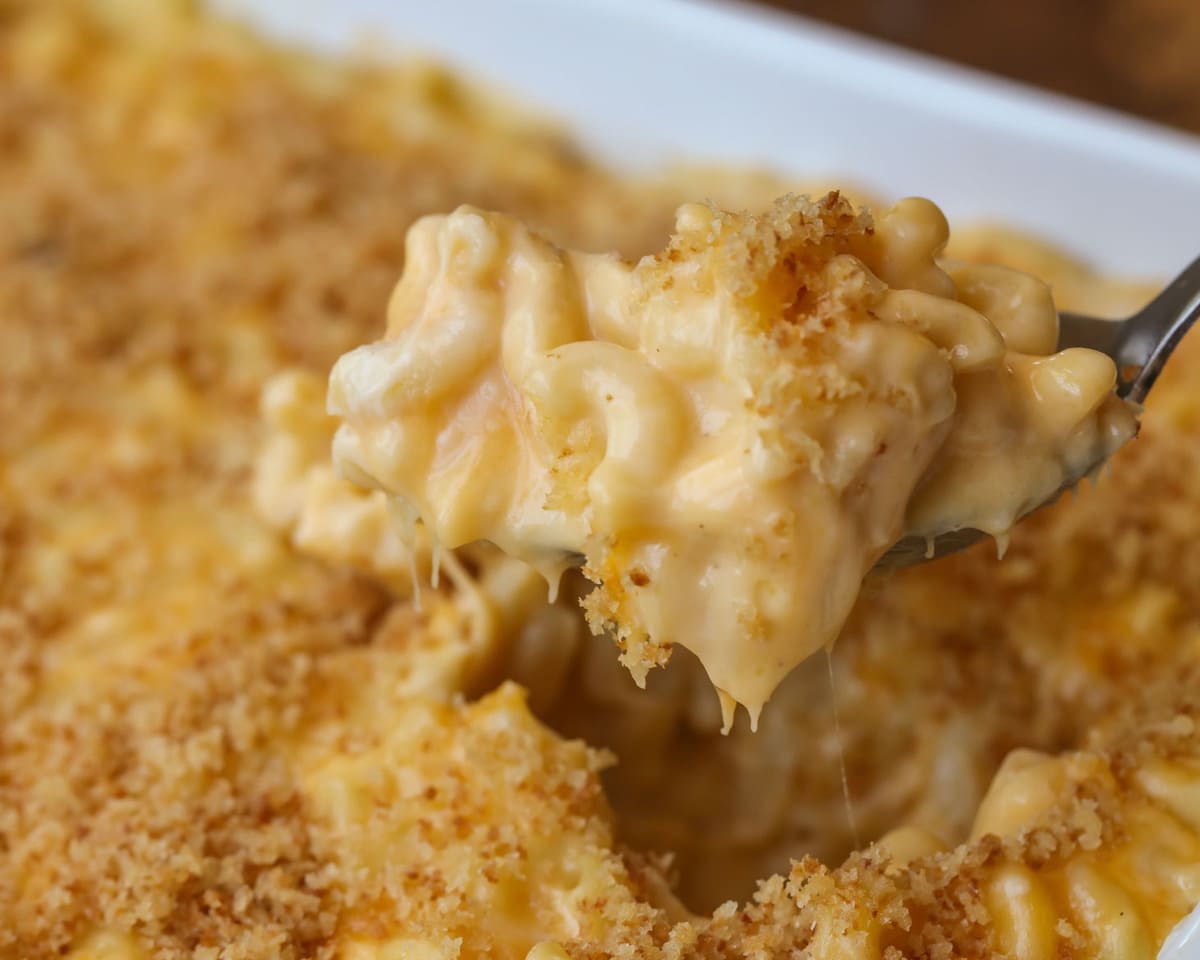What Milk Is Best For Mac And Cheese
Follow this tip: Select a pasta with plenty of surface area and nooks and crannies to capture as much of that blissful cheese sauce as possible. I especially love shells, campanelle, and the ever-classic elbow macaroni. Overcooking the pasta. No one likes overcooked pasta. Cooking the pasta is just the first phase of the process. Whether you're making stovetop or baked mac and cheese, remember that the pasta gets cooked a second time.
What Milk Is Best For Kids
Cook it perfectly on the first round, and you're guaranteed to end up with soft, soggy pasta after phase two. Follow this tip: Normally we recommend cooking pasta until it's al dente. But for mac and cheese, you actually want to cook it for a couple minutes less, until just before reaching al dente. The pasta should still be slightly firm with some bite. Don't worry — it will soften up during the second part of cooking. Using too much liquid in the sauce. Mac and cheese is more than just those two key ingredients.
Stir in the flour and seasonings. Continue to cook for an additional 2-3 minutes. Add the wine, then gradually stir in the milk or cream. Simmer over low heat, stirring constantly until the sauce is thickened and smooth. Add cheese and continue stirring until the cheese melts. Combine the macaroni with the cheese sauce. Add milk to roux slowly, stirring constantly. Stir in cheeses, and cook over low heat until cheese is melted and the sauce is a little thick. Put macaroni in large casserole dish, and pour sauce over macaroni. Melt butter or margarine in a skillet over medium heat. Add breadcrumbs and brown. Spread over the macaroni and cheese to cover.


While you need to add a liquid, keep in mind the goal is a rich and creamy cheese sauce, not soup. Follow this tip: Add liquids a little bit at a time. It's a lot easier to add more liquid as you need it than it is to reverse adding too much. Not using a blend of cheeses. Using the right kind of cheese, or better yet, the right cheese blend is key. It's important to keep in mind that some varieties melt better than others, while some offer more flavor.
So keep your mix balanced with cheeses that are mellow but melt well, and acheeses that have a rich taste. It's also best to steer clear of pre-shredded cheese.
(Image credit: ) How would you like to give your favorite macaroni and cheese recipe a super-creamy boost? Well, there's an easy way to make it happen. And in case you were wondering, it does not involve adding extra cheese. It's a simple trick — maybe you've already tried it? Creamier Mac and Cheese Starts with Milk Aside from the cheese, a crucial component of really good macaroni and cheese is the pasta — and it's time to rethink how you've been cooking it.
Instead of water, cook your pasta in milk! Now, you usually add milk later in the cooking process to make the cheese sauce, but for an extra touch of luscious creaminess, incorporate the milk at the very beginning of cooking. The starch from the noodles works to thicken the milk, so it already has a saucy consistency from the start. (Image credit: ) How (and Why) This Trick Makes Better Mac & Cheese When you cook pasta noodles, usually you do so in a pot of boiling water — water that is poured off after cooking.
However, in this case you use milk instead, reserving the milk after the pasta cooks. The use of milk makes the pasta itself creamier, and reserving it keeps any starch washed off the pasta in the milk, which is then used to make the sauce. Some milk is absorbed into the pasta as it cooks, but you need to reserve enough to make your sauce. So you'll want to measure out a portion that's more than the amount the recipe calls for. The amount will vary from recipe to recipe, but I've been successful with doubling the milk. A lot will be absorbed by the noodles, and some will evaporate. Remember this: Cook the pasta in milk.